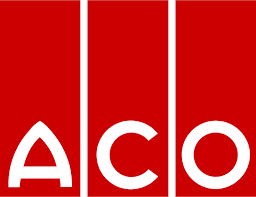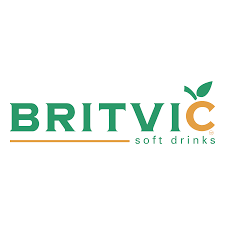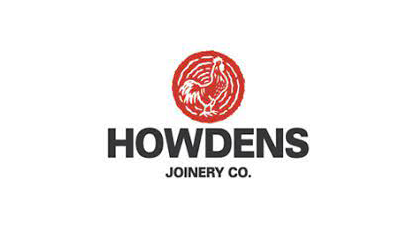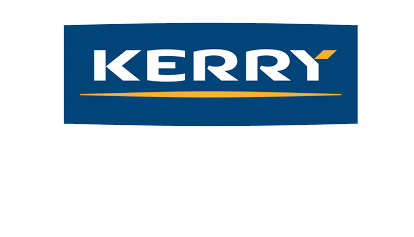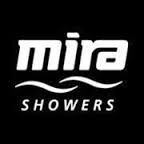
-
Details
-
Category: Resources
Ease of use and ease of maintenance have a major impact on asset reliability and effectiveness. Get this right and the outcomes include:
- Reduced Equipment Life Cycle Costs
- Shorter commissioning cycles
- Reduced skill development time
- Increased capacity/less downtime
Design decisions at the concept stage can massively improve not only ease of use and maintenance but also reliability, safety, customer value and life cycle costs.
The table below contains 6 Early Equipment Management benchmarks developed to guide design decisions and deliver assets that are easy to use right, difficult to use wrong and simple to master. The 1 to 5 benchmark scale, can also be used to assess current asset design. Low scores highlight where the risk of human error and lost output increases from possible to likely.
For simplicity, the table includes only assessment criteria for scores of "3 Acceptable" and "5 optimum".
| Standard Category |
Definition
|
3.Acceptable
|
5. Optimum
|
|
Safety and Environmental
|
Function is intrinsically safe, low risk, fail safe operation able to easily meet future statutory and environmental limits
|
Little non standard work
Moving parts guarded, few projections
Meets SHE and fire regulations
Easy escape routes and good ergonomics
|
Foolproof/failsafe operation
High level of resource recycling
Uses sustainable resources
|
|
Reliability
|
Function is immune to deterioration requiring little no intervention to secure consistent quality
|
Low failure rate
Low idling and minor stops
Low quality defect rate
Flexible to technology risks
Good static and dynamic precision
|
High MTBI
Stable machine cycle time
Easy to measure
Flexible to material variability
|
|
Operability
|
Process is easy to start up, change over and sustain “normal conditions”. Rapid close down, cleaning and routine asset care task completion.
|
Simple set up and adjustment mechanisms
Quick replace tools
Simple process control
Auto load and feeder to fed processing
|
One touch operation for height, position, number colour etc
Flexible to volume risk
Flexible to labour skill levels
|
|
Maintainability
|
Deterioration is easily measured and corrected, Routine maintenance tasks are easy to perform and carried out by internal personnel.
|
Easy failure/detection/repair
Off the shelf/common spares used
Long MTBF, Short MTTR
Easy to inspect and repair
|
Easily overhauled
Self correcting/auto adjust
Inbuilt problem diagnostic
Predictable component life
Fit and forget components
|
|
Customer Value
|
Process is able to meet current and likely future customer QCD features and demand variability. Provides a platform for incremental product improvement
|
Easy order cycle completion
Maximum control of basic and performance product features
Flexible to product range needs
|
Capacity for future demand
Robust supply chain
Simple logistics//forecasting needs
Flexible to potential market shifts
Access to high added value markets
|
|
Life Cycle Cost
|
Process has clearly defined cost and value drivers to support Life cycle cost reduction, enhance project value and maximise return on capital invested
|
Clarity of current capital and operational cost drivers and process added value features
Potential for value engineering gain
Resource economy
|
High level of resource recycling
Flexible to financial risks (e.g. vendor)
Easily scalable to 400% or to 25%
|
|
|
|
|
Why this works
Within an Early Equipment Management programme, the benchmarks are part of specific EEM accountabilities:
- Technology functions own Safety and Reliability benchmarks
- Operational functions own Operability and Maintainability benchmarks
- Customer facing functions own Customer Value and Life Cycle Cost benchmarks
Taking decisions using just one of these three skill sets is a common cause of failed projects. The owners of each set of benchmarks collate and codify knowledge (or the lack of it) to define top level standards for the Asset or Operation under development.
The analysis highlights design weaknesses, critical design features and facilitates practical design solutions. It also develops the insight to identify added value opportunities throughout the project concept to beneficial operation journey.
Getting the balance of detail right for each benchmark is not easy. Too detailed and it locks decisions into a specific technology or vendor approach. Not detailed enough and it is of little value.
The table below is an extract from a project for a food and drink manufacturer. As you can see, the original categories have been developed into a standards taxonomy for the specific industry design challenge.
|
|
Safety
|
Reliability
|
Operability
|
Maintainability
|
Customer Value
|
LCC
|
|
1
|
Access
|
Changeover SMED
|
Operator access egress and lighting
|
Maintainer access egress and lighting
|
Specification
|
Communications
|
|
2
|
Ergonomics
|
Material Usage
|
Line start up and run outs
|
Accelerated wear
|
Verification
|
Machine performance
|
|
3
|
Utility hazards
|
CIP/ Sanitisation
|
Changeover
|
Energy and Environmental control
|
Installation Hygiene
|
RM Quality
|
|
4
|
Equipment hazards
|
Work Place Organisation
|
Material logistics
|
Ergonomics
|
Ease of hygiene
|
Process control
|
|
5
|
Fall Hazard
|
QC checks
|
Operator intervention
|
Hand tools
|
QA tests
|
QA inspection
|
|
6
|
Isolation
|
Protection
|
Visibility of normal conditions
|
Inspection
|
Control of defect source
|
Traceability
|
|
7
|
Line of sight
|
Jams
|
RM Tolerance
|
Prevention
|
Defect detection
|
Cause of defect/loss
|
|
8
|
Material flow
|
Process control
|
Work station design
|
Repair
|
FG Material flow
|
Compressed air
|
|
9
|
Micro hazard
|
|
Workplace organisation
|
Routine servicing
|
Flexibility
|
Effluent
|
|
10
|
Product Safety/QA
|
|
Contamination
|
Cleaning
|
|
Electricity
|
|
11
|
Statutory Compliance
|
|
|
Spares
|
|
Energy recycling/saving
|
|
12
|
|
|
|
|
|
Productivity
|
|
This leads to the formalisation of design standards book which is used to guide:
- Vendor selection
- Option evaluation
- Layout development
- Checklists for witnessed inspection
- Commissioning
- Design and evaluation of work instruction and workplace organisation
- Definition of work standards
- Skill development process design.
The outcomes are improved specification quality, faster project delivery, higher project added value and increased user engagement with the changes and opportunities that the new investment brings.
Why would you run a capital project any other way?
Find out more
As mentioned above, this is part of the Early Equipment Management toolbox. An approach developed to deliver flawless operation from day one for new assets and processes. To find out more about how to build Early Equipment Management principles and techniques into your capital project process access our resource page or contact us to arrange a call.


